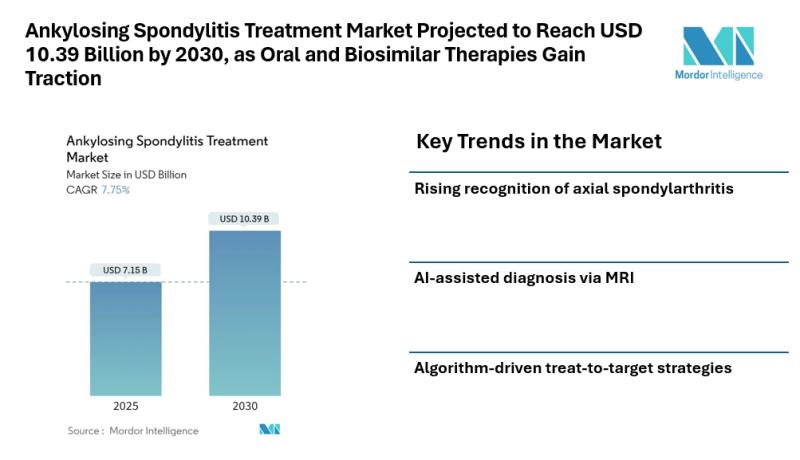Summary
Here’s what BPD is, what causes it, how it is treated and why there is hope for those who have it.
Source: Usa Today

AI News Q&A (Free Content)
Q1: What are the primary characteristics and symptoms of Borderline Personality Disorder (BPD)?
A1: Borderline Personality Disorder (BPD) is characterized by a long-term pattern of unstable interpersonal relationships, an acute fear of abandonment, and intense emotional outbursts. Symptoms include self-harming behaviors, risky activities, dissociation, a sense of emptiness, and a distorted sense of self. BPD often coexists with substance use, depressive, and eating disorders, with a substantial risk of suicide as up to 10% of those with BPD may die by suicide.
Q2: What are the primary therapeutic interventions for treating BPD, and how effective are they?
A2: The primary therapeutic interventions for BPD include psychotherapy, particularly dialectical behavior therapy (DBT) and schema therapy. Although pharmacotherapy cannot cure BPD, medications such as atypical antipsychotics and SSRIs may be used to alleviate symptoms. However, a 2020 meta-analysis found limited evidence supporting the effectiveness of medications for BPD.
Q3: How does the interaction between genetic factors and childhood experiences contribute to the development of BPD?
A3: The development of BPD is believed to result from the interaction between genetic predispositions and adverse childhood experiences. BPD is more common among individuals with a family history of the disorder, indicating potential genetic influences. These genetic factors, coupled with negative experiences during childhood, can increase the likelihood of developing BPD.
Q4: What is the significance of the BrainSTEADy trial in the treatment of BPD?
A4: The BrainSTEADy trial investigates the potential of fMRI-based neurofeedback as a treatment for BPD. This method aims to address neural imbalances by downregulating amygdala hyperactivation, which can improve emotion regulation. The trial evaluates the safety and clinical performance of this innovative approach to treat BPD.
Q5: What role does eHealth technology play in supporting individuals with severe personality disorders like BPD?
A5: eHealth technology, including virtual therapeutic communities, plays a significant role in supporting individuals with severe personality disorders such as BPD. These technologies offer sophisticated systems for treatment and management, empowering patients and potentially reducing the burden on healthcare providers. Virtual Reality (VR) systems exemplify how eHealth can enhance mental health treatment and support.
Q6: How has mobile technology been utilized to differentiate between mood disorders like BPD and bipolar disorder?
A6: Mobile technology, through signature-based machine learning models, has been used to differentiate mood disorders such as BPD and bipolar disorder. By monitoring daily mood ratings via a smartphone app, these models can objectively identify distinct behaviors and predict mood changes, offering a higher resolution approach to psychiatric diagnostics.
Q7: What is the prevalence of BPD, and how does it impact healthcare resources?
A7: BPD has a point prevalence of 1.6% and a lifetime prevalence of 5.9% globally, with higher incidence rates among women. People with BPD frequently utilize healthcare resources, and up to half may show significant improvement over ten years with appropriate treatment. However, the disorder's high healthcare demand poses challenges for mental health services.
References:
- Borderline personality disorder - my.clevelandclinic.org
- National Institute for Health and Clinical Excellence - pmc.ncbi.nlm.nih.gov
- Amygdala fMRI-neurofeedback trial - A randomised controlled trial of amygdala fMRI-neurofeedback versus sham-feedback in borderline-personality disorder - systematic literature review and introduction to the BrainSTEADy trial
- Mayo Clinic - Borderline personality disorder: diagnosis and treatment
- A signature-based machine learning model for bipolar disorder and borderline personality disorder
- HCI considerations in Designing a Second Life Virtual Therapeutic Community for the Support & Treatment of People with Borderline Personality Disorder






